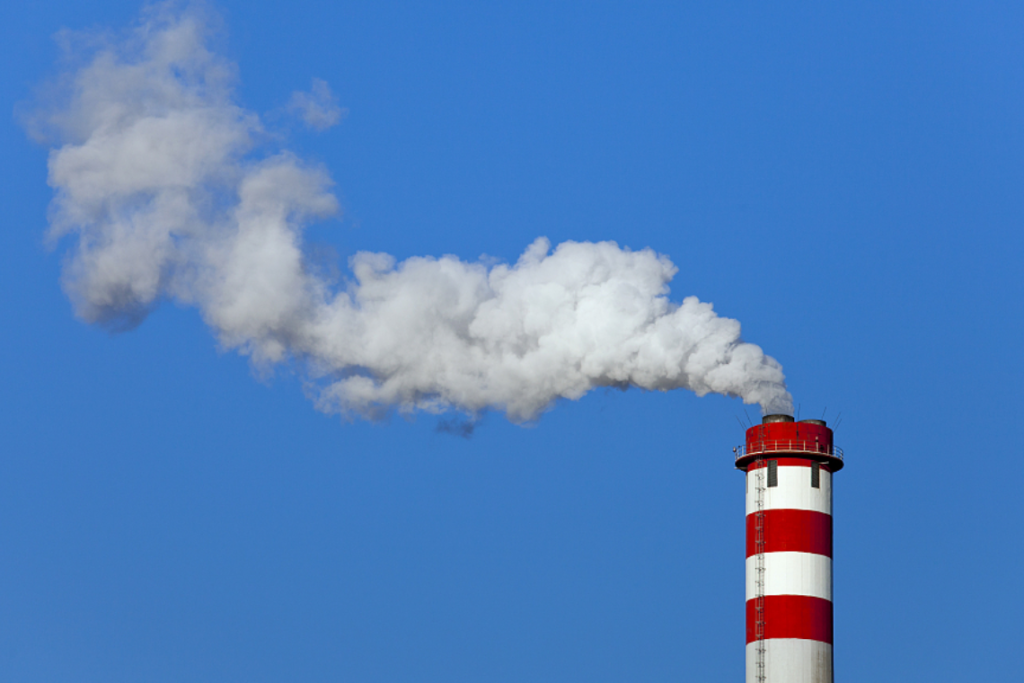Occupational health and safety (OHS) plays a crucial role in environmental consulting, serving as a foundation for ensuring safe and sustainable practices across various industries. The role of occupational health and safety in this field is not only to protect workers from potential hazards but also to contribute to the preservation of the environment. By implementing effective OHS strategies, environmental consultants can prevent workplace accidents and mitigate environmental risks, leading to more efficient and responsible project execution. Moreover, integrating OHS principles into environmental planning and decision-making helps organizations comply with legal standards and improve their overall ecological footprint, demonstrating the significant role of occupational health and safety in advancing environmental stewardship.
The Importance of Occupational Health and Safety
The role of Occupational Health and Safety (OHS) is mainly to protect workers from accidents, injuries, and harmful exposures in their jobs. Even though accidents can happen anytime, it is the employer’s duty to take steps to lower these risks and keep a safe work area. Emphasizing the importance of Occupational Health and Safety in your business brings many advantages, such as:
- Lowering the chance of accidents and injuries by spotting and managing risks.
- Increasing efficiency and productivity because fewer workers are off sick or injured.
- Boosting employee relations and morale since a safer workplace means less stress.
- Cutting down on costs linked to accidents or injuries like medical expenses lost productivity, and impacts on employees’ health.
- Reducing insurance costs due to fewer accidents and workers’ compensation claims.

It’s well-known that all industries have some safety risks. The most crucial part of a strong Occupational Health and Safety policy is recognizing these hazards and making sure workers have the training, safety gear, and other resources they need to stay safe. Including a ‘Dust and Odour Management Plan‘ is essential in certain industries to address specific environmental hazards. Not having effective safety policies and measures can lead to injuries, lost productivity from not having skilled workers available, workers’ compensation claims, and possible fines from the Occupational Safety and Health Administration (OSHA). Additionally, the preparation of an emission summary and dispersion modelling report can help identify and mitigate environmental and health impacts from various industrial activities, further safeguarding workplace and community health, including aspects like land use compatibility & air quality studies.
Various Types of Hazards Employees May Face Specific To Their Industry
Employees in different industries face various hazards specific to their work environments.
Physical Hazards
Physical hazards are environmental elements that pose a risk of injury, such as open electrical wiring, objects that may fall, and slippery surfaces. These hazards can cause accidents like slips, falls, or cuts without necessarily making physical contact, through dangers like excessive noise, high temperatures, and intense pressure.
Biological Hazards
Biological hazards, which include mould, bodily fluids, bacteria, and pests, can cause infections and diseases. The role of occupational health and safety involves implementing the use of Personal Protective Equipment (PPE) to shield against these hazards and safeguard health.

Chemical Hazards
Chemical hazards include gases, vapours, and substances that may contact the skin, posing risks like burns, respiratory issues, and other severe health effects. Chemicals such as cleaners, acids, and pesticides require careful handling with appropriate PPE, highlighting the role of occupational health and safety in preventing harmful exposure.
Ergonomic Hazards
Ergonomic hazards, which stress the body’s musculoskeletal system, arise from poor posture, lack of mechanical aids, and repetitive or strenuous physical activities. They can lead to injuries such as sprains and carpal tunnel syndrome.
Psychological Hazards
Psychological hazards, including stress, harassment, and workplace violence, can impact mental health, leading to depression and decreased focus. The role of occupational health and safety is essential in addressing these risks to enhance morale, productivity, and overall workplace safety.
How the Implementation of OHS Standards Helps Organizations
The implementation of Occupational Health and Safety (OHS) standards helps organizations safeguard employees, reduce workplace risks, and enhance productivity by creating safer, healthier work environments. The preparation of an acoustic assessment report can further detail the specific sound levels within the workplace, enabling targeted interventions to minimize noise-related hazards. Let’s explore what other benefits it can provide.

Reduce Workplace Incidents
Organizations can leverage the ISO 45001 framework to identify potential safety issues before they result in incidents. By proactively managing hazards in your operations, your business can minimize unexpected problems. However, addressing risk is only part of ISO 45001. It also allows employers to identify opportunities to enhance both safety and efficiency.
Increase Productivity
Productivity declines when an injured employee is unable to return to work. The process of recruiting and training a new employee can consume significant time. Furthermore, operations may need to be temporarily shut down if the incident involves damage to equipment.
Reduce the Cost of Insurance Premiums
Implementing ISO 45001 helps organizations lay the groundwork for reducing insurance premiums by showing a commitment to comprehensive risk management and employee safety.
Create a Proper Health and Safety Culture
Encourage employees to actively participate in managing their own occupational health and safety. This involvement can foster a culture of safety and accountability within the organization.
Enhance Reputation
Adopting the cutting-edge ISO 45001 standard elevates your company’s status as a leading player in the industry and boosts international recognition. This global standard can help differentiate your business from competitors, particularly in the commercial and institutional environmental sectors.
Improve Staff Morale
Focusing on the physical and mental well-being of employees rather than just managing workplace systems and equipment is a key aspect of ISO 45001. Understanding this focus is crucial when integrating ISO 45001, as it significantly boosts morale, impacting staff retention and turnover rates.

Promoting Occupational Health and Safety in Your Workplace
Every workplace faces unique hazards, which is why the crafting of occupational health and safety policies varies from one organization to another. Highlighting the importance of occupational health and safety in the workplace, it is crucial for organizations to thoroughly address all potential issues before finalizing and implementing these policies. Incorporating ECA and EASR assessments can help identify specific risks and appropriate safety measures. Additionally, ensuring all necessary documentation, such as a certificate of property use, is in place helps verify that the workplace adheres to regulatory and zoning requirements. Consider the following steps to enhance safety:
- Ensure your occupational health and safety (OHS) policies are in line with all applicable federal and state regulations.
- Provide adequate training for your staff on all equipment and machinery they operate, ensuring they are certified where necessary.
- Maintain and make readily accessible Safety Data Sheets (SDS or MSDS) for all chemical products used in the workplace.
- Ensure all necessary Personal Protective Equipment (PPE), such as hard hats, eye protection, and respirators, is available for all employees.
- Use tools and equipment strictly for their intended purposes to prevent misuse.
- Employ mechanical aids like carts, dollies, or pallet jacks for the safe handling and transportation of heavy objects.
- Promote proper ergonomics by maintaining correct posture during sitting, standing, or lifting activities, particularly over long durations.
Conclusion
Occupational Health and Safety (OHS) is crucial in environmental consulting, safeguarding workers and the environment. Effective OHS practices prevent accidents, ensure compliance, and improve sustainability. By integrating OHS into environmental strategies, organizations promote safety and sustainable development, enhancing both ecological and operational efficiency.
At Sonairenviro, our mission is to provide the highest standard of occupational health care and physical rehabilitation to help patients regain their maximum functional abilities. Our team is committed to assisting both employers and patients, and we are dedicated to fostering solid, positive relationships through a culture of safety, transparency, empathy, and trust.








